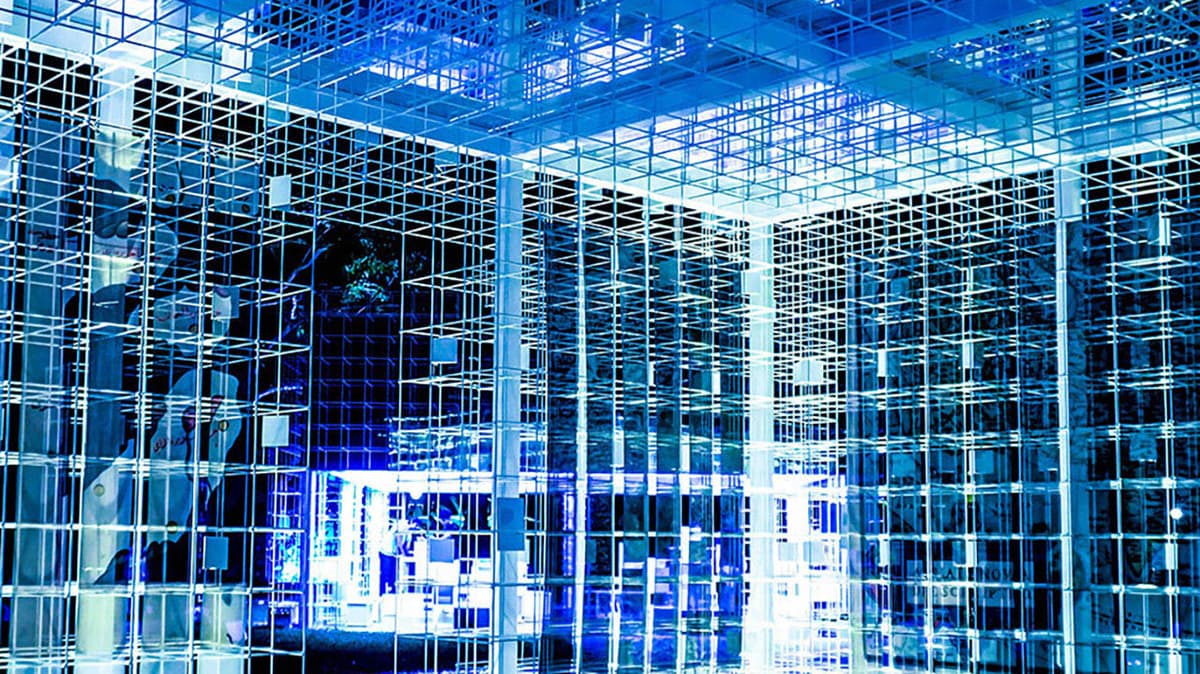Neural Networks: Unleashing the Power of Artificial Intelligence
A neural network is a collection of interconnected artificial neurons, also known as nodes or units, organized into layers. These layers work together to process and analyze complex patterns and relationships within input data. The fundamental building block of a neural network is the artificial neuron, which takes multiple inputs, performs a mathematical calculation on them, and produces an output.
The power of neural networks lies in their ability to learn from examples and adapt their internal parameters, known as weights and biases, to make accurate predictions or decisions. This learning process, called training, involves presenting the network with a large dataset and adjusting its parameters based on the differences between the predicted and actual outputs.
Neural Network Architecture
Neural networks consist of multiple layers, each serving a specific purpose. The three primary types of layers are:
-
Input Layer: This layer receives the initial input data and passes it on to the subsequent layers for processing. The number of neurons in the input layer corresponds to the number of input features.
-
Hidden Layers: These intermediate layers perform complex computations on the input data. They extract relevant features and learn hierarchical representations of the input. Deep neural networks, which have multiple hidden layers, are capable of learning increasingly abstract representations as the depth increases.
-
Output Layer: The final layer in the neural network produces the desired output or prediction. The number of neurons in the output layer depends on the nature of the problem being solved. For example, a neural network used for image classification may have neurons corresponding to different classes.
The connections between neurons in adjacent layers are represented by weights, which determine the strength of the influence one neuron has on another. The biases, on the other hand, allow neurons to account for additional factors that affect their output. By adjusting the weights and biases during training, the neural network learns to make accurate predictions.
The Significance of Neural Networks
Neural networks have revolutionized various fields by enabling machines to perform complex tasks that were previously only achievable by humans. They have been successfully employed in:
-
Image Recognition: Neural networks can analyze and classify images with remarkable accuracy. For instance, convolutional neural networks (CNNs) have achieved significant breakthroughs in object recognition, enabling applications such as self-driving cars and facial recognition systems.
-
Natural Language Processing: Neural networks have greatly advanced language processing tasks, such as machine translation, sentiment analysis, and speech recognition. Recurrent neural networks (RNNs) have been particularly effective in modeling sequential data, making them well-suited for tasks involving text or speech.
-
Recommendation Systems: Neural networks have enhanced recommendation algorithms used by e-commerce platforms and streaming services. By analyzing user behavior and preferences, these networks can suggest personalized recommendations, improving the overall user experience.
-
Medical Diagnosis: Neural networks have emerged as powerful tools in medical diagnosis and prognosis. They can analyze medical images, predict disease outcomes, and assist doctors in making accurate diagnoses.
Neural networks continue to evolve, with researchers exploring new architectures, training techniques, and optimization algorithms. Their potential applications are vast, spanning numerous industries. As the field progresses, neural networks are likely to play an increasingly prominent role in shaping the future of AI.












